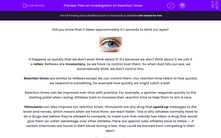Did you know that it takes approximately 0.1 seconds to blink our eyes?
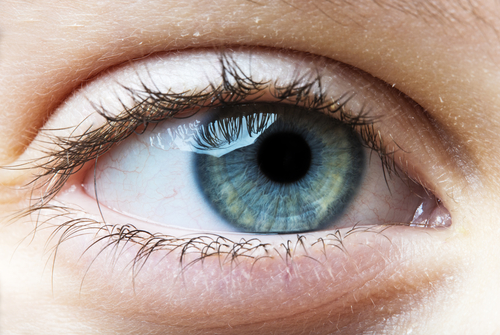
It happens so quickly that we don't even think about it! It's because we don't think about it we call it a reflex. Reflexes are involuntary, so we have no control over them. So when dust hits our eye, we automatically blink, we don't control this.
Reaction times are similar to reflexes except we can control them. Our reaction time refers to how quickly we respond to something, for example how quickly we might catch a ball.
Reaction times can be improved over time with practice. For example, a sprinter responds quickly to the starting pistol when racing. Athletes train to increase their reaction time to help them to win a race.
Stimulants can also improve our reaction times. Stimulants are any drug that speed up messages to the brain and nerves, which means when we have them, we react faster. This is why athletes normally have to do a drugs test before they're allowed to compete, to make sure that nobody has taken a drug that would give them an unfair advantage over other athletes.There are special rules athletes have to follow - if certain chemicals are found in their blood during a test, they could be banned from competing in their sport.
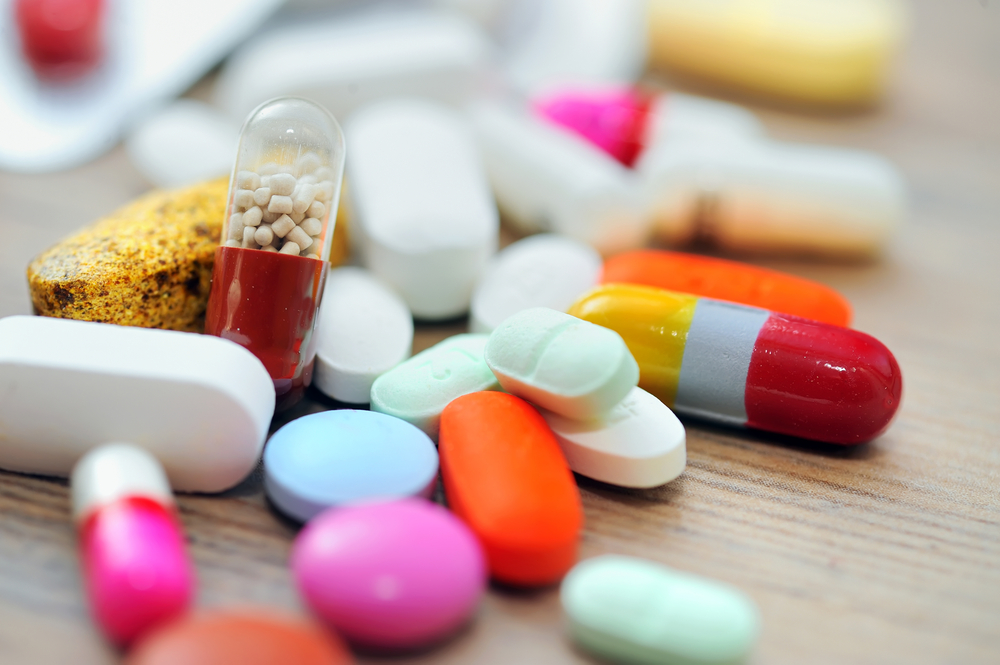
Examples of stimulants are caffeine (found in coffee, tea and fizzy drinks) which is legal. Then there's cocaine, ecstasy and amphetamines, which are all illegal.
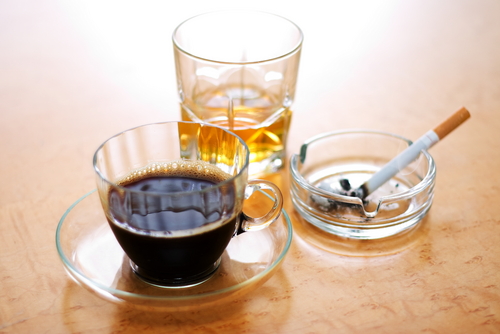
Some drugs can slow down our reaction times. These are called depressants. These chemicals slow down the messages to the brain and nerves. Some examples include alcohol, cannabis, solvents (such as aerosols and glue) and heroin.
So how do scientists know that stimulants make you react faster? They conducted experiments! Doing experiments allows us to answer questions.
Let's consider the statement:
Stimulants affect human reaction time
When investigating something, we need to form a hypothesis which is the scientific term for an idea about how something works or how it changes. You have to do experiments to see if your hypothesis (idea) is correct.
Our hypothesis might be that 'caffeine will speed up reaction times because caffeine is a stimulant and speeds up messages in our nervous system.'
We then test this idea using experiments.
Cola has caffeine in it, so we can use it to see if it has an effect on reaction time. The stimulant is the factor we are investigating - this is known as the independent variable.
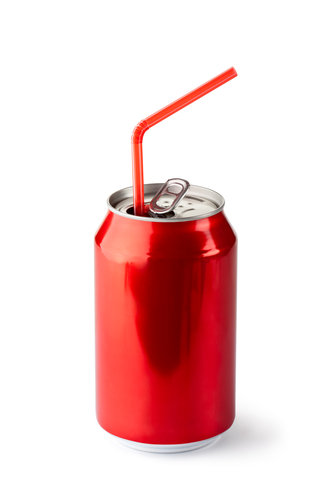
There are many ways to measure reaction times and one of these is using a ruler. This experiment involves measuring the time it takes to catch a ruler (the reaction time) before and after drinking a caffeine drink, like cola. This is known as the dependent variable.
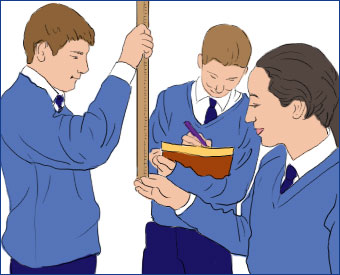
Control variables are things we control so that they don't interfere with our experiments. For example, if one student drinks half a glass of cola and another student has a whole glass, this could affect the results, as the amount of caffeine taken will be different.
Other control variables might be the length of the ruler, where the the ruler is dropped from, the person doing the catching or where the person catching the ruler places their hand.
Scientists carry out experiments using a clear set of instructions called a method. This means that other scientists can use the same method to check findings. Before carrying out the method we have to list the equipment and resources needed:
Equipment
Ruler
Cola drink
Two volunteers: person B catching the ruler and person A dropping the ruler
Method
1. Person A must hold the ruler from an agreed height and drop it when they're ready (person B will not know exactly when this is).
2. Person B must wait with their fingers a certain distance from the ruler and catch it as it drops.
3. The distance the ruler falls through person B's hand is then noted on the ruler - this forms the basis of the reaction time.
4. Steps 2, 3 and 4 must be repeated at least twice more.
5. Person B should then drink an agreed volume of cola (for example 15 ml).
6. They should then wait an agreed length of time for the caffeine to take effect.
7. Repeat steps 2, 3, 4 and 5 again.
In this activity, we will plan an investigation to find out if stimulants speed up reaction times.

Let's get started!

